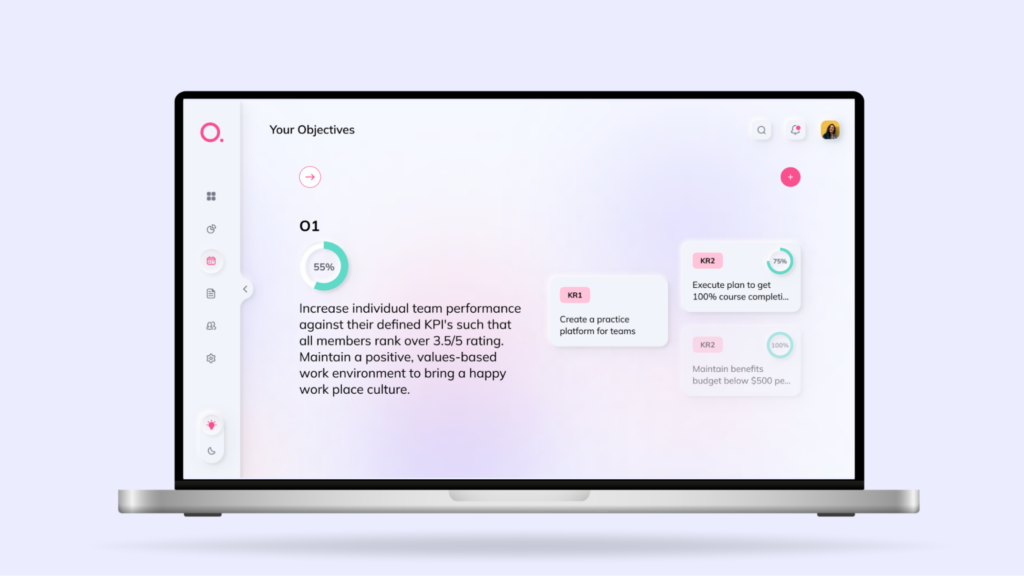Who remembers Lisa, the computer?
Yep, that quirky piece of tech history that felt futuristic at the time.
From tapping away on Lisa’s keys to now having AI weave into practically every step of our digital lives, it’s been quite the ride.
Nowadays, there’s an AI tool for just about everything—yes, even the nuanced world of B2B UX design isn’t untouched.
So, buckle up! We’re diving into how Generative AI leads the charge in reimagining B2B product design.
The Potential of Generative AI on Product Design Life Cycle

In B2B UX product design, the emergence of Generative AI feels like conversing directly with your design tools, where stating your creative vision clearly sets the stage to bring your ideas to life.
Generative AI impacts the entire UX design lifecycle, from the initial user research, where it sifts through data to unearth user needs and preferences, to the crafting of prototypes that embody these insights.
This technology doesn’t stop there—it further assists by simulating user interactions for usability testing, suggesting refinements, and even translating design concepts into ready-to-implement code. Beyond deployment, it continues to monitor user interactions, offering insights that refine and evolve the product.
In essence, Generative AI acts as the ultimate design partner in the B2B space, enhancing the creative process with its data-driven insights and automation capabilities.
Big problems, and the potential for big solutions
B2B SaaS product leaders grapple with a unique set of challenges in today’s market. First, there’s the constant battle to stay ahead of technological advancements while ensuring your products remain relevant and user-friendly. The pace at which technology evolves means you’re not just managing current needs but also anticipating future demands.

User expectations are another major hurdle. Today’s users demand intuitive, seamless experiences. They want products that are easy to integrate, offer significant value, and come with minimal learning curves. Meeting these expectations requires a deep understanding of user behavior and an ability to predict how these needs change over time.
Data overload presents yet another challenge. You have access to more user data than ever before, but making sense of this data to drive product decisions can be overwhelming. Identifying actionable insights among the noise is crucial for informed decision-making.
Then there’s the competition. The B2B SaaS space is crowded, with new entrants constantly disrupting the market. Standing out requires not just innovation but also a keen sense of what makes your product uniquely valuable to your users.
Finally, the pressure to accelerate development cycles without compromising on quality or user experience is relentless. You need to deliver new features and updates faster than ever before, but rushing through the design process can lead to subpar outcomes.
Each of these challenges demands strategic thinking, creativity, and a willingness to embrace new solutions—qualities that you, as leaders in this space, undoubtedly possess.
We’re Not Claiming AI Is Your Silver Bullet, But It’s Your Best Sidekick
B2B SaaS product development involves more than just understanding your market. It’s about innovatively solving problems while adapting to ever-evolving user needs. Here’s how Generative AI becomes your go-to tool, transforming challenges into opportunities for growth and innovation:
1. Automate and Personalize User Research
For B2B product leaders, understanding the nuanced needs of their users is crucial. Generative AI revolutionizes this process by automating the analysis of vast amounts of user data.
It goes beyond surface-level desires, digging into the unarticulated needs of your users. By leveraging this technology, you can uncover patterns and preferences that might not be immediately apparent, enabling you to design products that genuinely resonate with your target audience. This allows for the creation of highly personalized experiences, making your users feel truly understood and catered to.
2. Speed Up Prototyping
Prototyping is a critical stage in product development, allowing you to visualize ideas and iterate upon them quickly. Generative AI accelerates this process, enabling the conversion of initial concepts into working prototypes with just a few commands. This rapid prototyping allows for quicker feedback loops with stakeholders and users, ensuring that the final product is refined and aligned with user needs. The ability to iterate at such speed also means you can explore a broader range of ideas, pushing the boundaries of innovation and design.
3. Streamline Content Creation
Content is king, even in B2B SaaS. Whether it’s help documentation, marketing materials, or personalized communication, content plays a vital role in engaging and retaining users. Generative AI can automate much of this content creation process, generating accurate and relevant content based on your parameters.
This frees up your team to focus on more strategic tasks and ensures consistency and quality across all your content channels. With Generative AI, you can maintain a steady stream of fresh, engaging content that supports your product and user engagement goals.
While working on Ayraa’s OKR Intelligence Platform, we encountered the challenge of simplifying the OKR drafting process without compromising the depth and quality of content. Our solution was to integrate an AI-powered Smart Assistant, leveraging natural language processing to guide users in creating precise and relevant Objectives and Key Results.
This not only automated content generation, such as insightful reports and timely notifications but also ensured that all communication upheld the highest standards of consistency and quality. This strategic implementation of AI in content creation significantly enhanced user engagement and streamlined the achievement of organizational goals.
4. Enhance User Experience with Predictive Design
Predict user frustrations before they even encounter them. By analyzing interaction data, Generative AI identifies potential friction points within your product and offers solutions to smooth them out.
This proactive approach to design not only enhances user satisfaction but also builds a strong foundation of trust and reliability with your product. Predictive design ensures that your product evolves in anticipation of user needs, maintaining a seamless and engaging user experience that keeps customers coming back.
5. Optimize for Efficiency and Scale
As your B2B SaaS product grows, scalability and efficiency become paramount. Generative AI aids in this area by analyzing code and system performance to suggest optimizations that improve efficiency and scalability.
From reducing load times to enhancing data processing capabilities, AI-driven optimizations ensure that your product can handle growing user numbers without compromising performance. This aspect of Generative AI not only impacts the technical performance of your product but also contributes to a better user experience by ensuring that your product is always responsive, reliable, and ready to scale.
Turning Your UX Vision into Victory Through Gen AI
Embracing Generative AI doesn’t mean relinquishing control—it means empowering yourself to address the unique challenges of B2B SaaS product development head-on. With AI as your sidekick, you’re better equipped to design solutions that are not just innovative but truly resonate with your users.
Discover how Koru UX Design can be your partner in this journey, guiding you toward crafting impactful, user-centered designs that set your product apart. Contact our experts for a comprehensive approach that goes beyond conventional design strategies.










